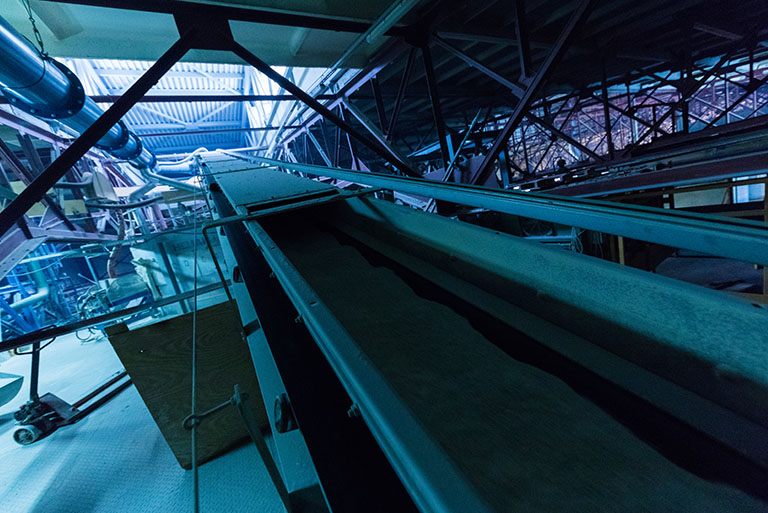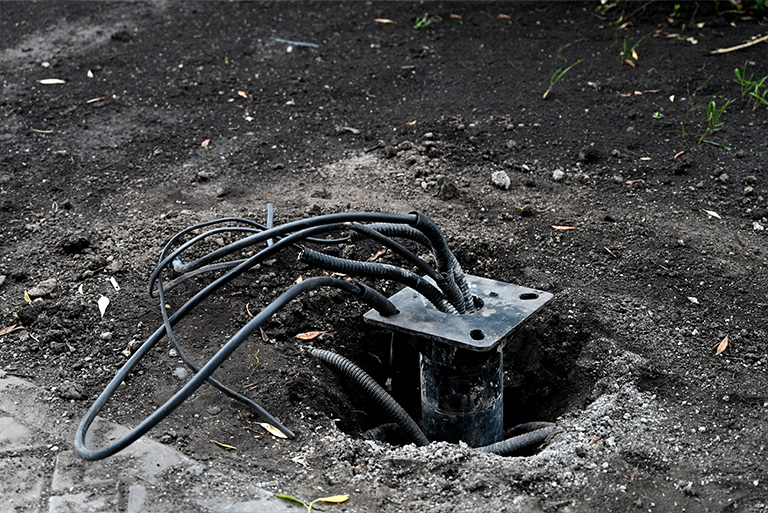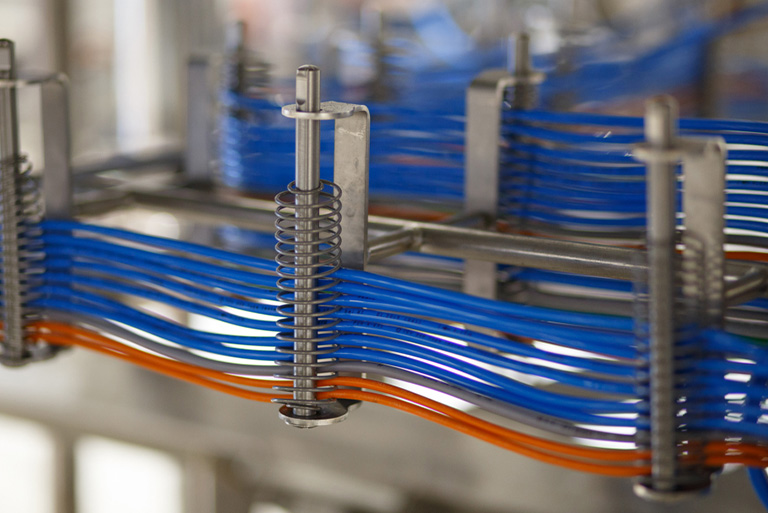Introduction
Why Control Panel Design Matters
In every industrial facility, the control panel is the backbone of operations. It connects electrical components, wiring, and systems that keep machines running smoothly. But control panels are more than just boxes with switches; they determine how safe, reliable, and adaptable an operation can be.
When control panels are poorly designed, the result is breakdowns, safety risks, and costly delays. On the other hand, a well-designed panel improves efficiency, reduces downtime, and makes maintenance easier for technicians.
Let’s explore the four essential features of a good industrial control panel design, along with best practices, mistakes to avoid, and the trends shaping the future.
Feature 1: User-Friendly Interface
An effective control panel should feel intuitive. Operators need to quickly understand signals, alarms, and system responses without hesitation. Clear labeling, ergonomic placement of switches, and easy-to-use HMIs (Human Machine Interfaces) make this possible.
A user-friendly design reduces training time, lowers the risk of human error, and ensures fast responses in case of faults. Modern panels often use LED indicators and touchscreen displays, making them easier to navigate.
Feature 2: Strong Safety Measures
Safety can never be compromised. A good control panel design includes circuit breakers, grounding systems, emergency stops, and overload protection. These features protect both workers and equipment.
Compliance with international standards such as IEC, UL, or NEC is equally important. A safe control panel is not only about preventing accidents—it builds trust and ensures smooth operations.
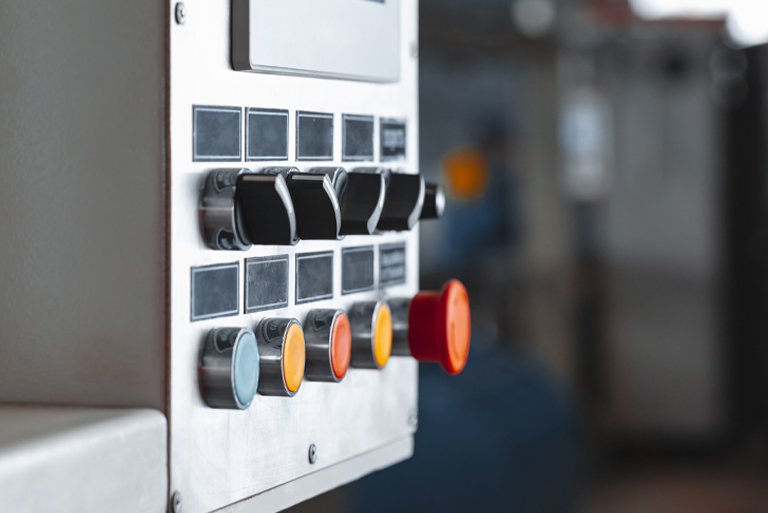
Feature 3: Efficient Power Management
Industrial operations depend on reliable power distribution. A well-designed panel prevents overloads, minimizes energy waste, and protects connected machines from damage.
Energy monitoring devices, variable frequency drives (VFDs), and optimized circuit components ensure that industries cut costs while extending equipment lifespan.
Feature 4: Scalability and Flexibility
Industrial operations depend on reliable power distribution. A well-designed panel prevents overloads, minimizes energy waste, and protects connected machines from damage.
Energy monitoring devices, variable frequency drives (VFDs), and optimized circuit components ensure that industries cut costs while extending equipment lifespan.
Best Practices in Control Panel Design
The best panels are carefully planned, not just assembled. Clear schematics, consistent labeling, proper ventilation, and logical control placement all matter. Testing during assembly also ensures everything works before deployment.
Common Mistakes to Avoid
Many facilities run into problems because of overcrowded components, poor labeling, or using uncertified parts. These mistakes may save money upfront but often lead to overheating, downtime, and expensive replacements. Designing with foresight prevents such issues.
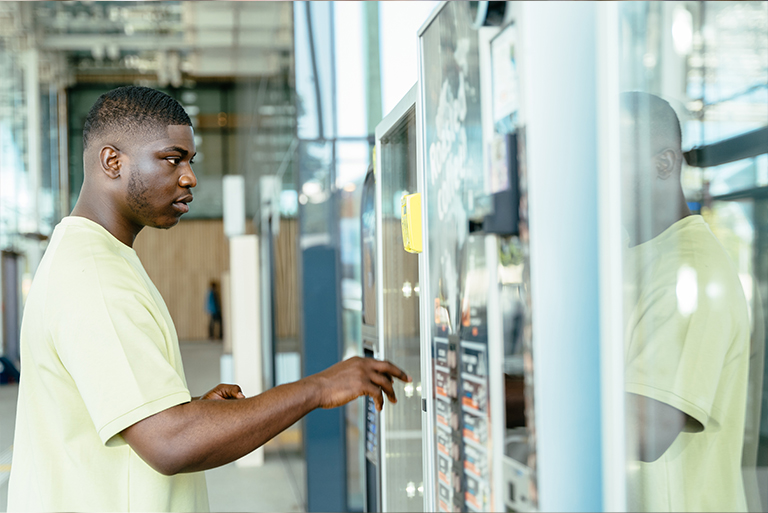
The Future of Control Panel Technology
Control panels are moving beyond switches and dials. Touchscreen HMIs, IoT-enabled smart panels, and remote diagnostics are becoming the new standard. Soon, AI-powered systems will predict failures before they occur, ensuring even greater safety and efficiency.
Conclusion
A great industrial control panel is more than functional—it is user-friendly, safe, energy-efficient, and scalable. Businesses that invest in proper design now will benefit from smoother operations and be ready for future innovations.
Is your facility equipped with panels that meet today’s safety and efficiency standards? Our team specializes in designing and upgrading industrial control panels that are reliable, future-ready, and tailored to your operations.


